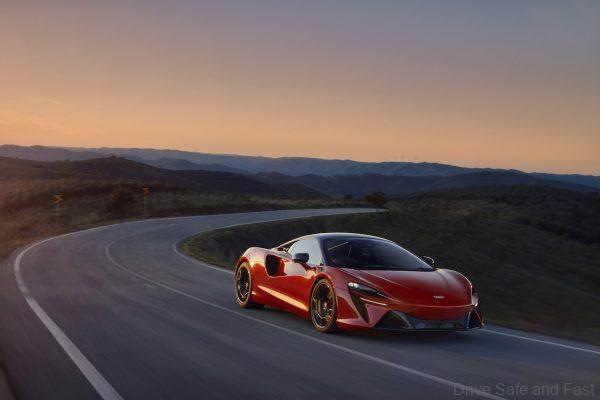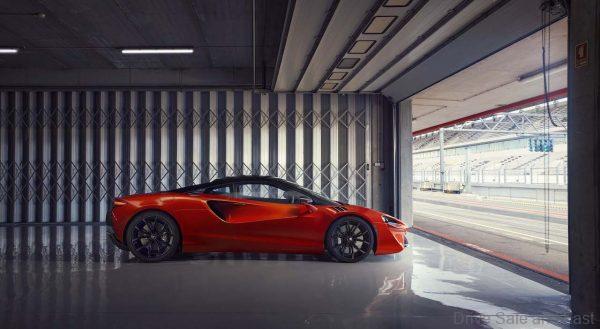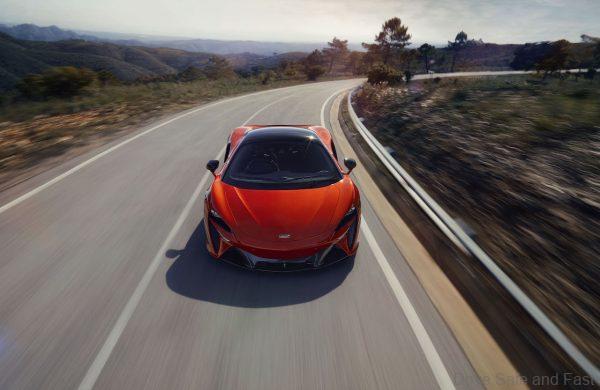With the Artura, McLaren Automotive introduce a new generation of supercar.
After many months of teasing, McLaren Automotive has finally revealed their latest model, the Artura. The Artura is a brand new chapter for McLaren Automotive.

Not only does it usher in a new hybrid, turbocharged V6 motor and a new carbon fibre reinforced polymer (CFRP) chassis, but it also represents a nomenclature departure for the company.
New Nomenclature
It may be a little to understand the positioning of the Artura relative to McLaren’s current portfolio. From what we can gather, the Artura is positioned somewhere in the upper-middle territory.
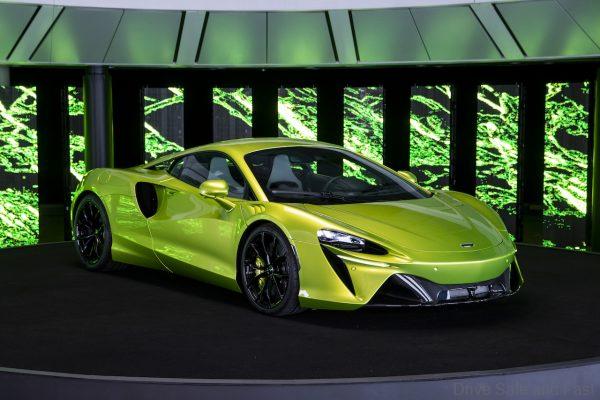
Even though it has a proper name instead of an alphanumerical designation, it’s not quite an Ultimate Series car like the Senna, Speedtail or Elva. That being said, it’s also not as affordable as a Sports Series car, like the 540C, 570S, 570GT, 600LT, 620R. From our understanding, McLaren Automotive may eventually move away from these entry-level supercars altogether.
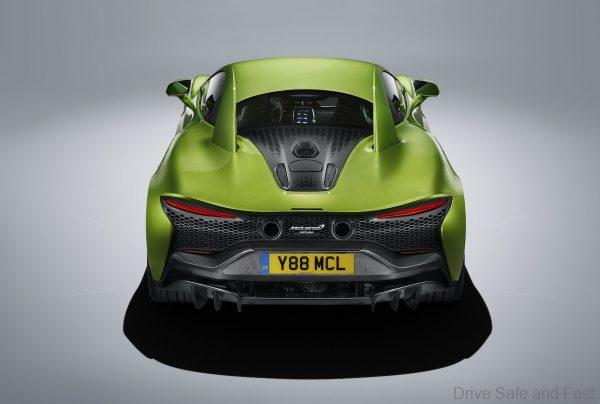
New Powertrain
From the time McLaren Automotive first started making cars, they’ve been relying mostly on the M838T engine. This 3.8L V8 petrol motor was used for everything from the MP4-12C and P1 to the 600LT. McLaren moved on with the M840T and its derivatives from the 720S onwards, but even this engine had some commonality with the M838T.
With the Artura, McLaren Automotive are finally starting from scratch under the hood. The all-new M630 engine is a 3.0L twin-turbocharged V6 capable of 585PS and 585Nm of torque. It’s quite an impressive engine as well, with a rev limit of 8,500RPM and a weight of just 160kg.
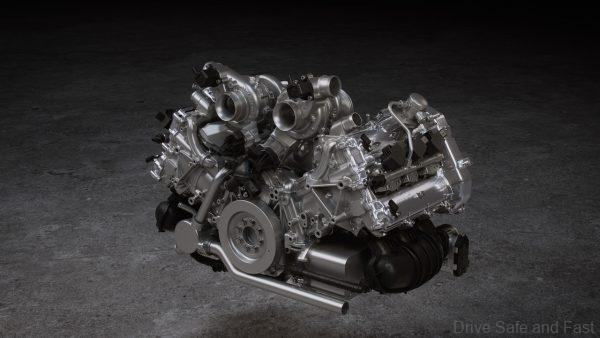
The M630 is designed to work with a compact axial flux E-motor, which is housed in the transmission bell. This E-motor generates 95PS and 225Nm of torque. The transmission is an all-new 8-speed dual-clutch unit which doesn’t have a reverse gear, as this is taken care of by the E-motor.
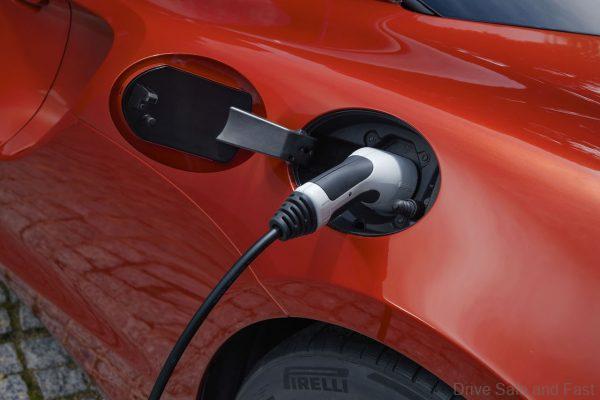
Together, the engine, E-motor and transmission produce the following results for the McLaren Artura:
- 0-100km/h in 3 seconds
- 0-200km/h in 8.3 seconds
- 0-300km/h in 21.5 seconds
- top speed of 330km/h (Electronically Limited)
- 30km of pure electric range
Additionally, the 7.4kWh lithium ion battery takes just 2.5 hours to charge to 80% capacity. Perhaps what’s more interesting is that McLaren Automotive have managed to package all these PHEV components in a vehicle that weighs as much as a traditional petrol-powered supercar. But to understand this further, we have to look at the new chassis.
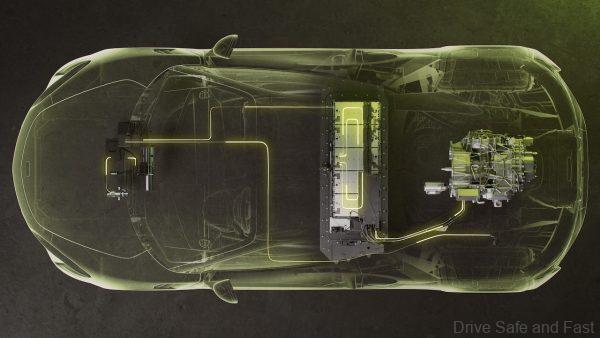
New Chassis
McLaren Automotive have been relying on their proprietary carbon tub chassis for a while now. With the Artura, an all-new McLaren Carbon Lightweight Architecture (MCLA) was developed to work with the new hybrid system.
The new chassis makes full use of ethernet connectivity to bring cabling down by 25%. Many systems are now powered directly from the main hybrid battery, which also brings weight and packaging complexity down.
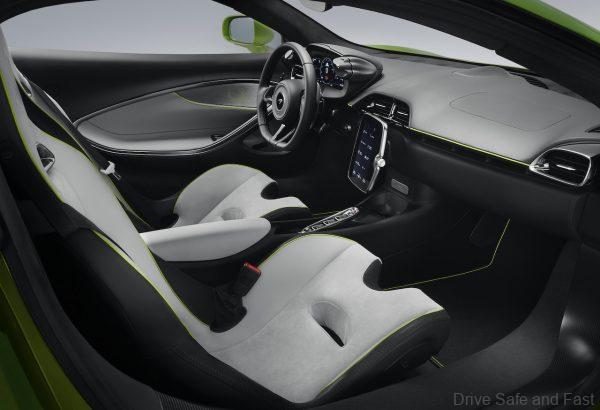
The Artura also allows McLaren to introduce the following technologies:
- Intelligent Adaptive Cruise Control
- Lane-Departure Warning
- Auto High-Beam Assist
- Road-Sign Recognition
- Over-The-Air (OTA) software updates
The entire package weighs just 1498kg, INCLUDING the battery pack, E-motor, engine and transmission.

Despite the advances, McLaren has decided to retain their trademark hydraulically-assisted steering. It’s lighter and updated with a new version of Proactive Damping Control.
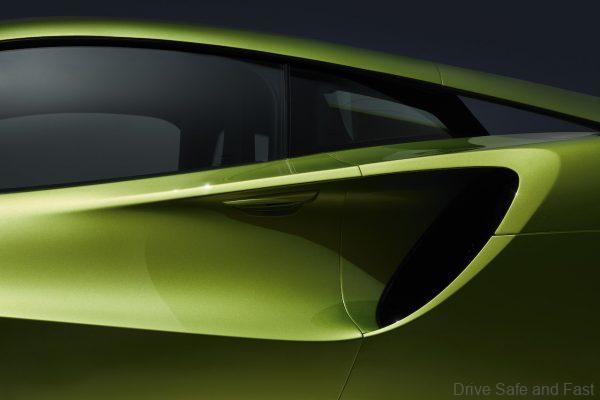
Other noteworthy features of the McLaren Artura:
- electronically controlled differential (E-diff) on rear axle
- rear suspension design combines top upper wishbone with two lower links and a tie rod in front of the wheel centre
- Pirelli Cyber Tyre® with a ‘chip’ inside each tyre that conveys real-time data to the stability control system
- new Clubsport seat
- new McLaren Infotainment and Connectivity system (MIS II)
- Bluetooth low-energy car key for owner detection
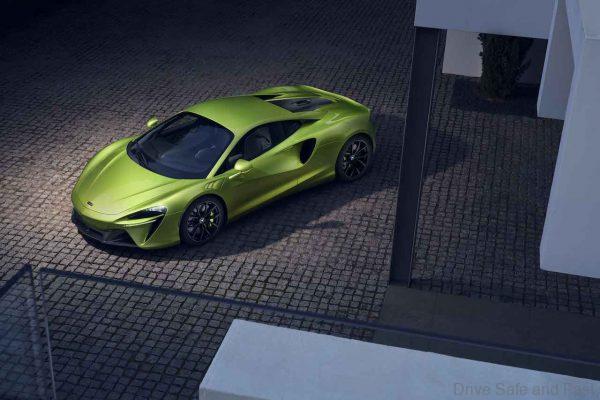
Three variants of the Artura are being offered: Performance, TechLux and Vision. The standard version starts at £185,500 and will be available from Q3 2021. A standard 5-year vehicle warranty, a 6-year battery warranty and 10-year body warranty comes with the price tag.
